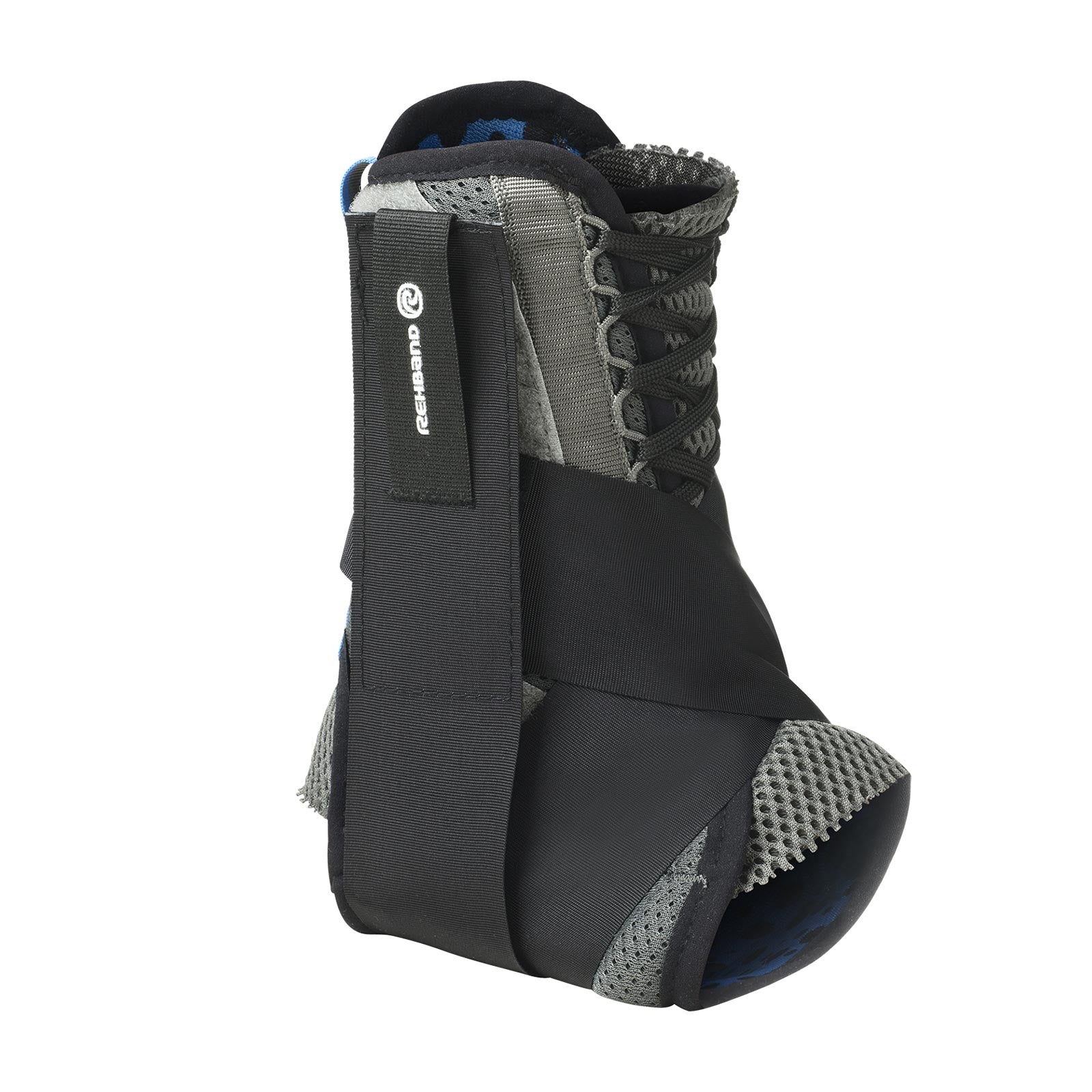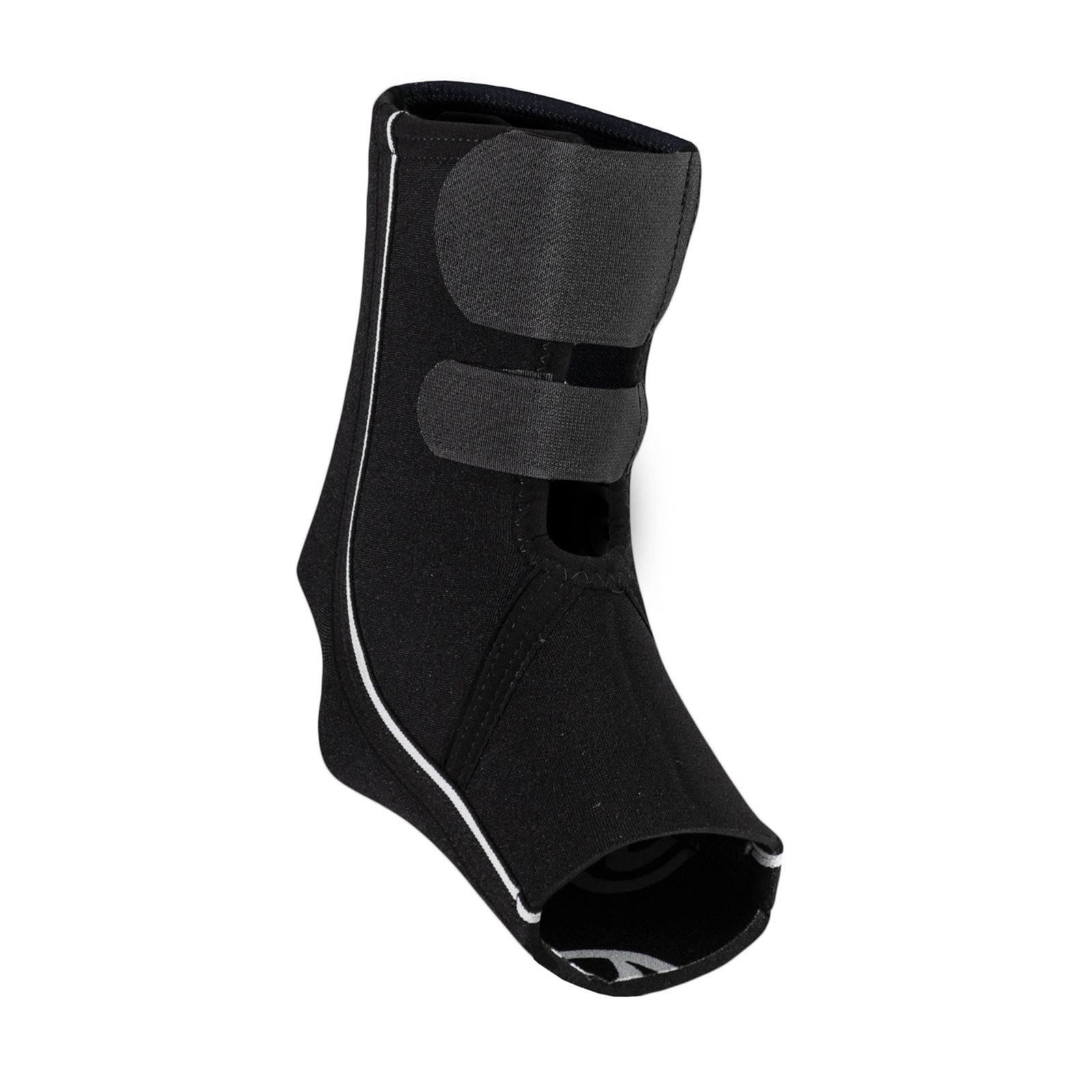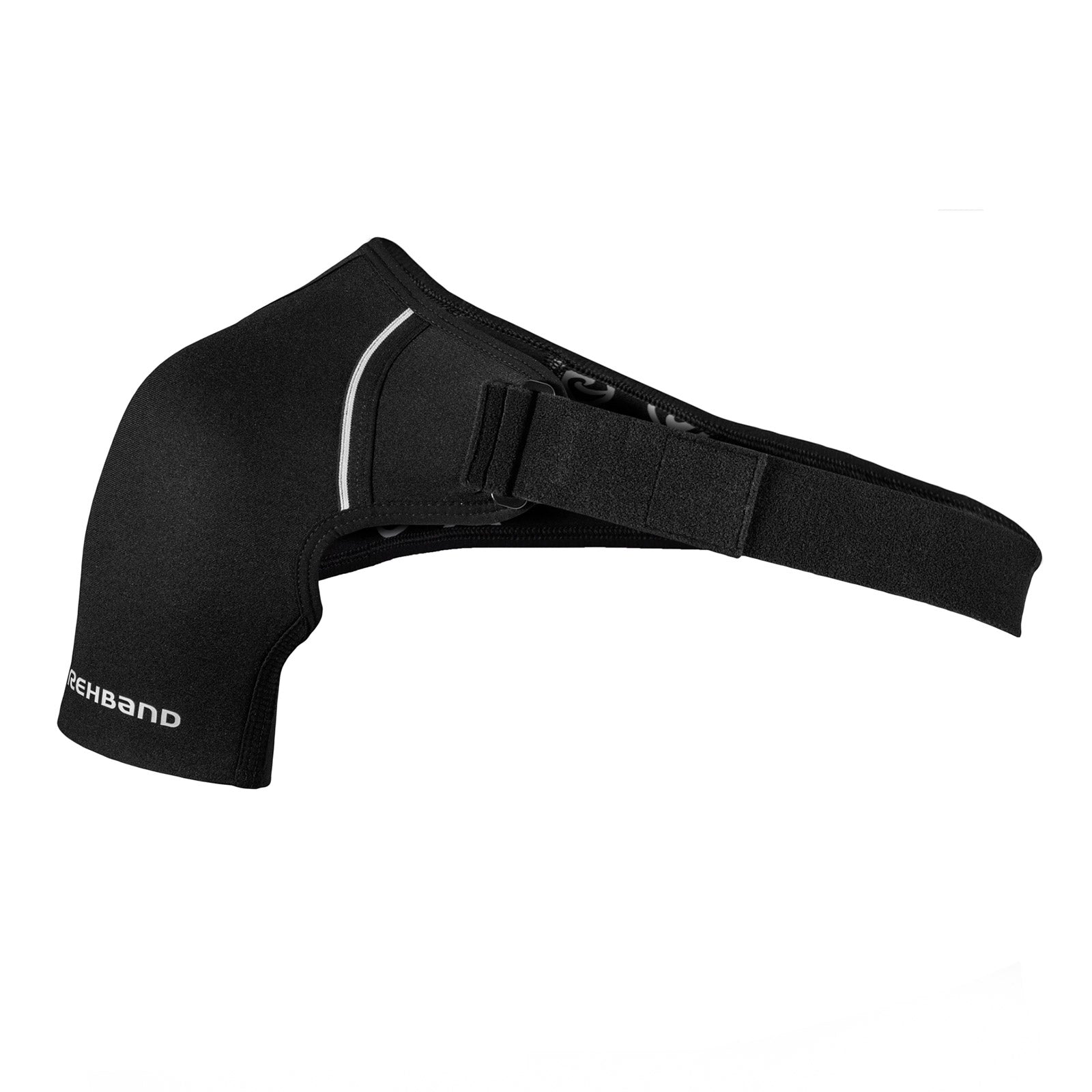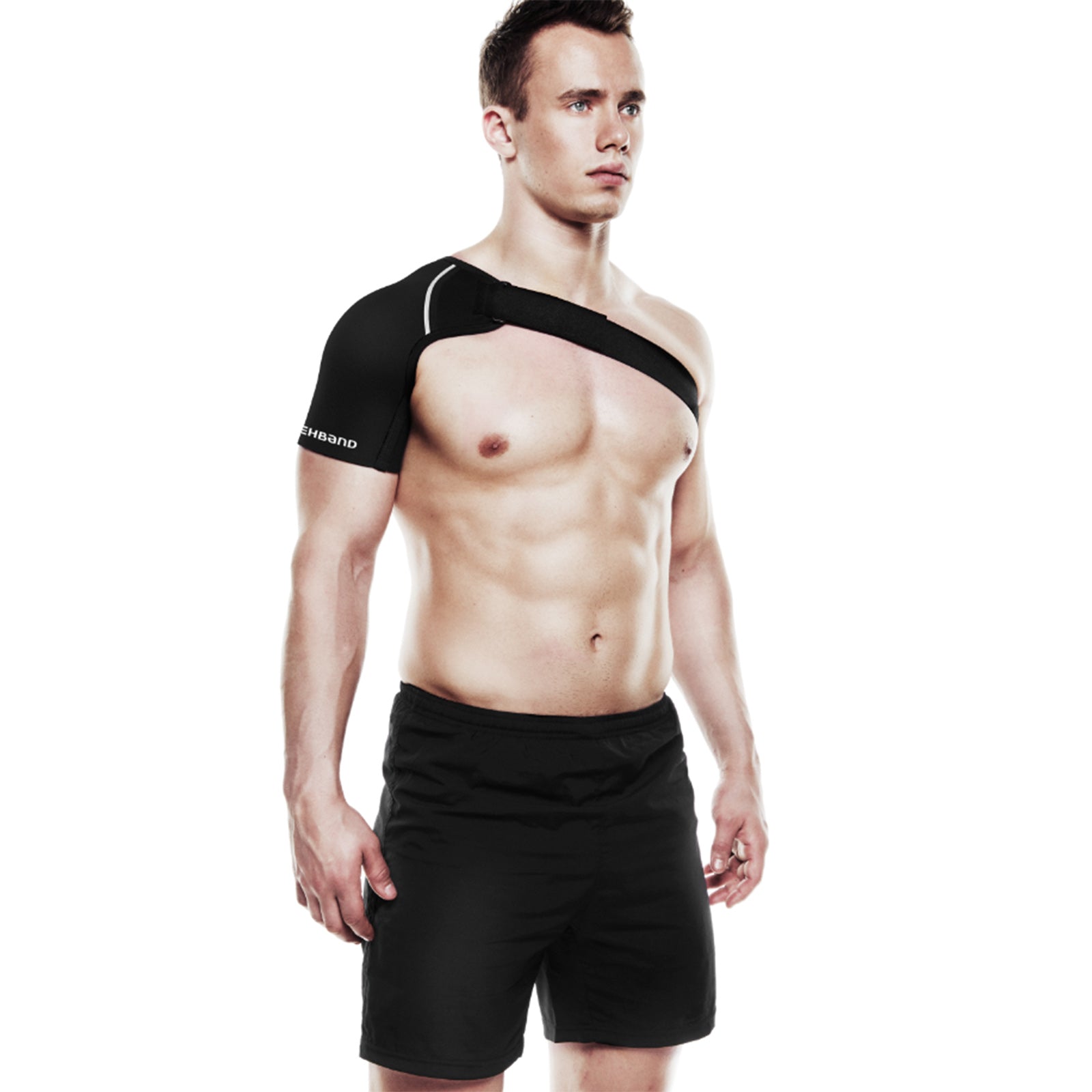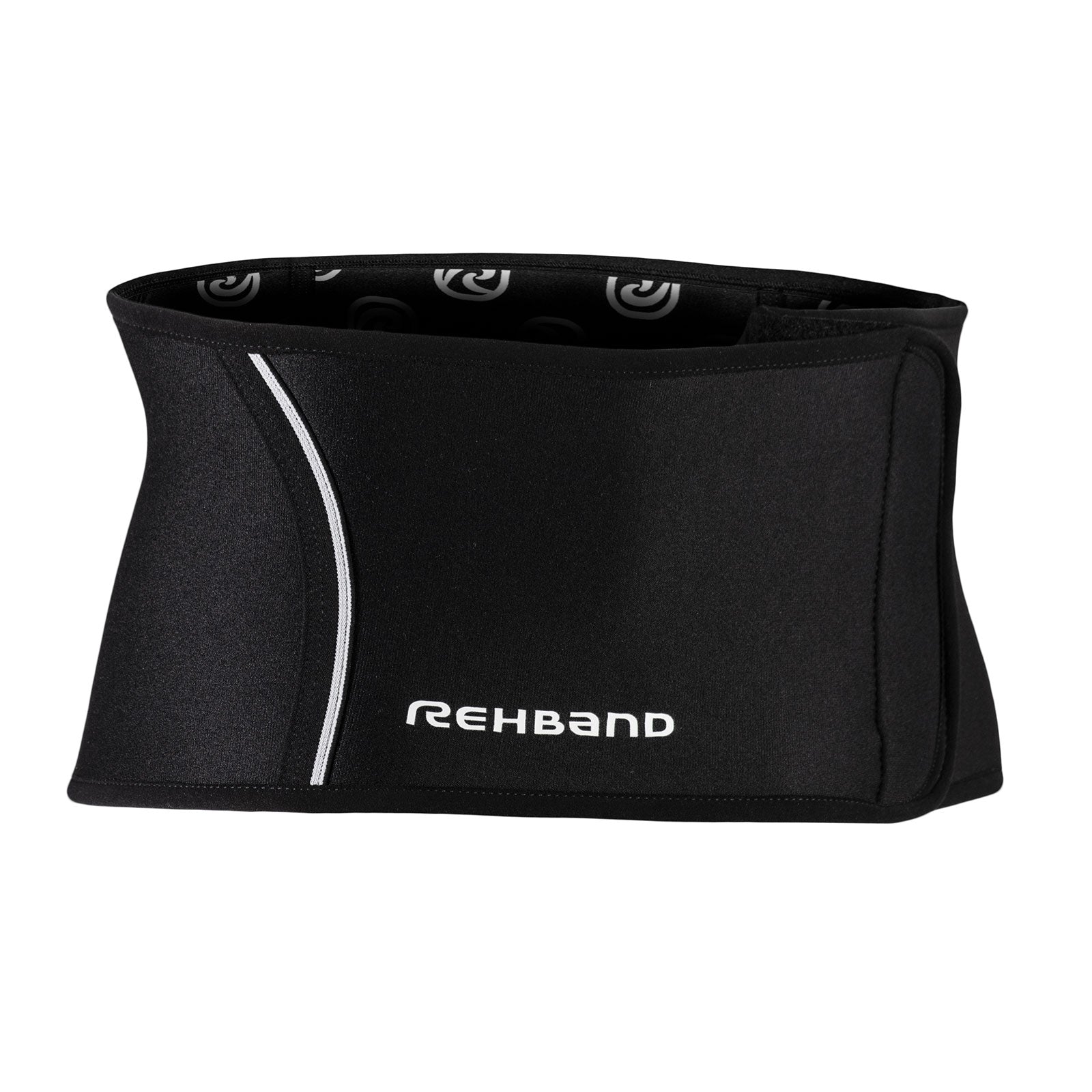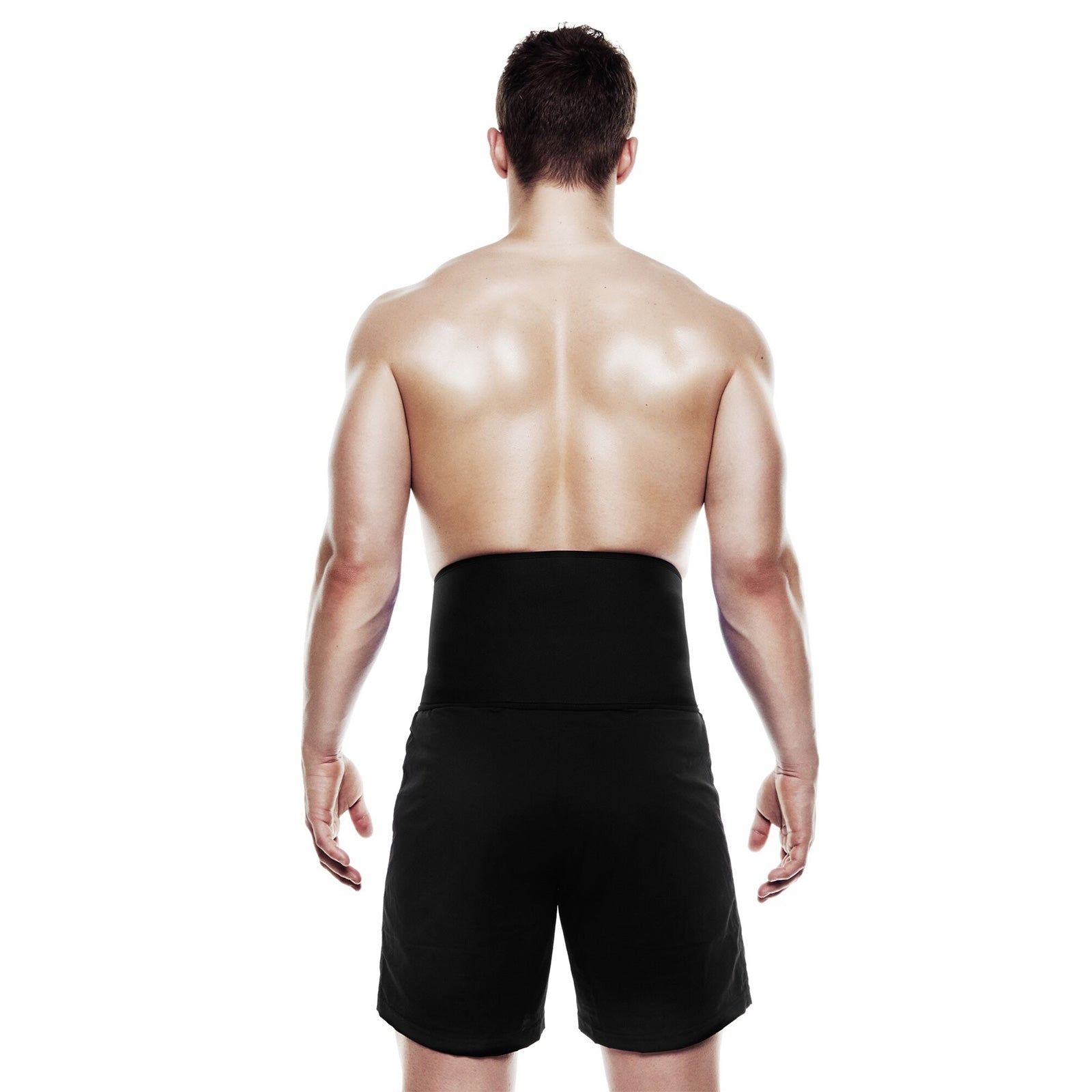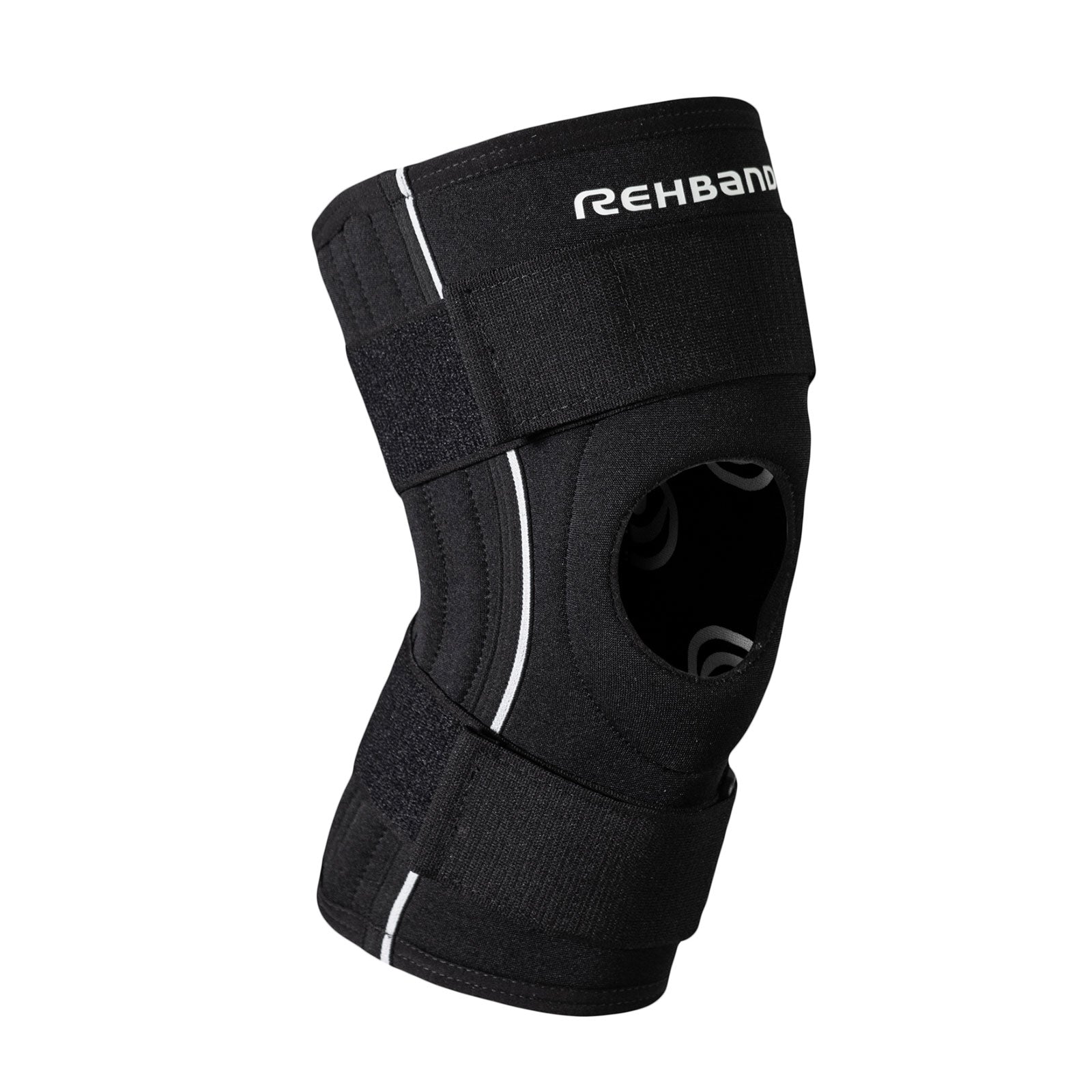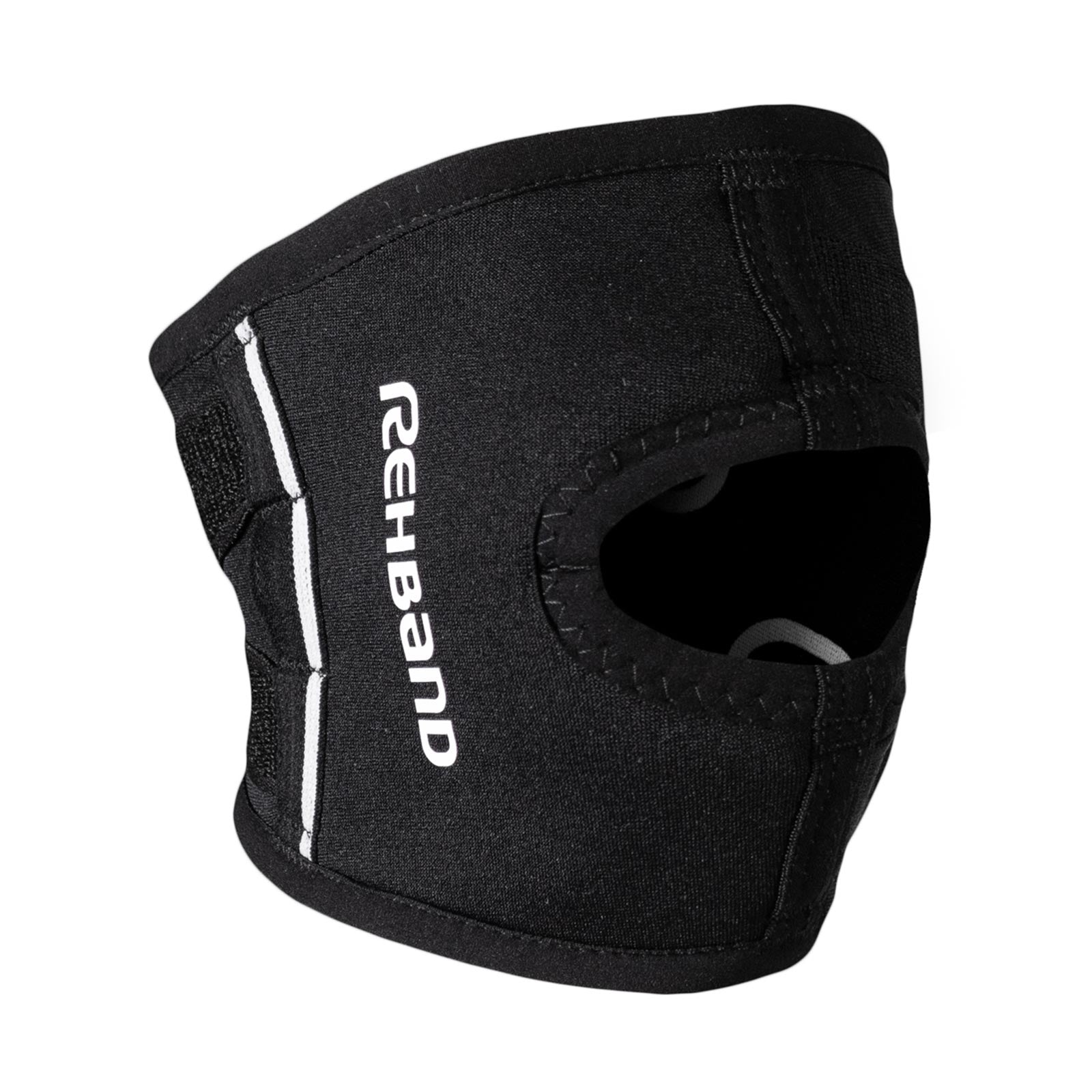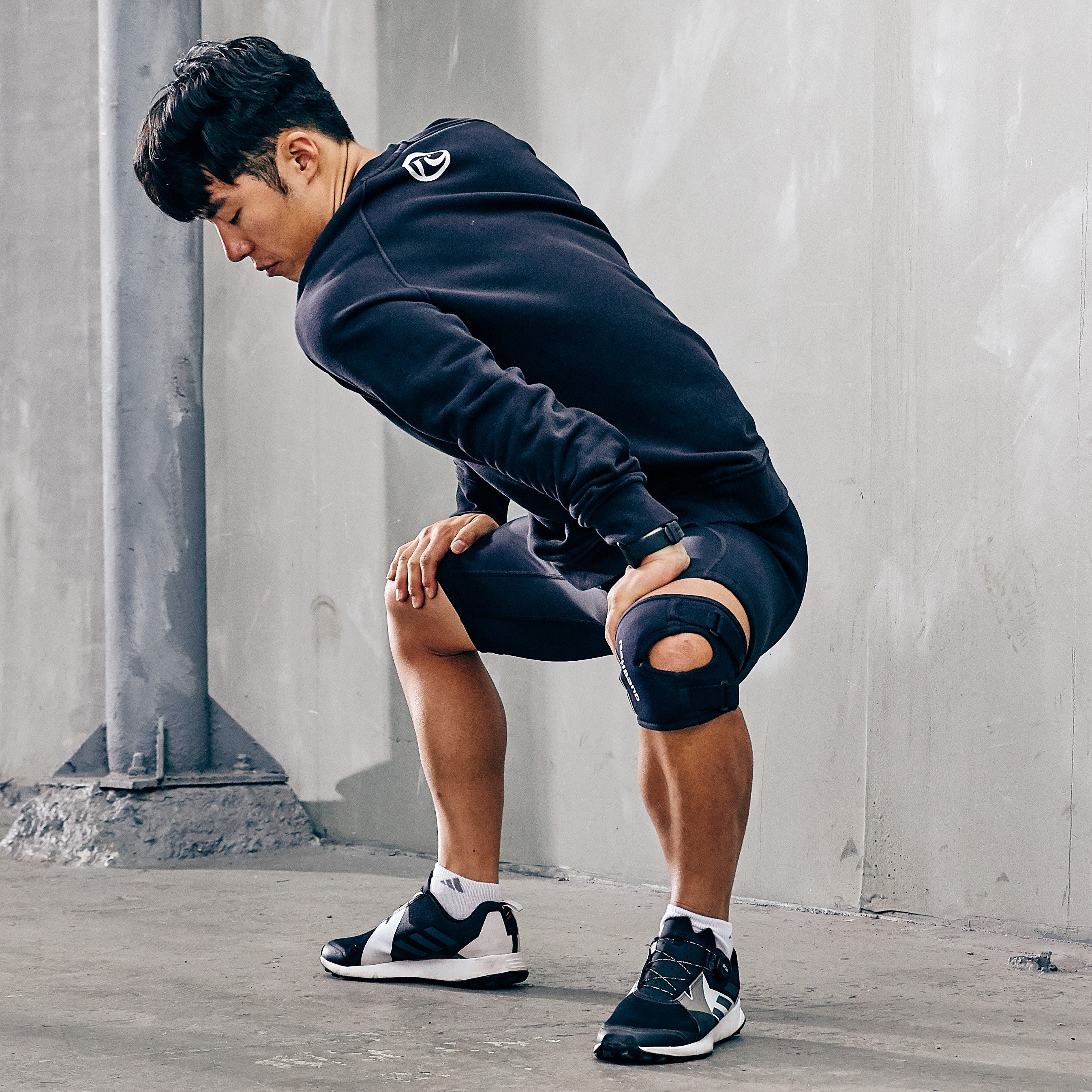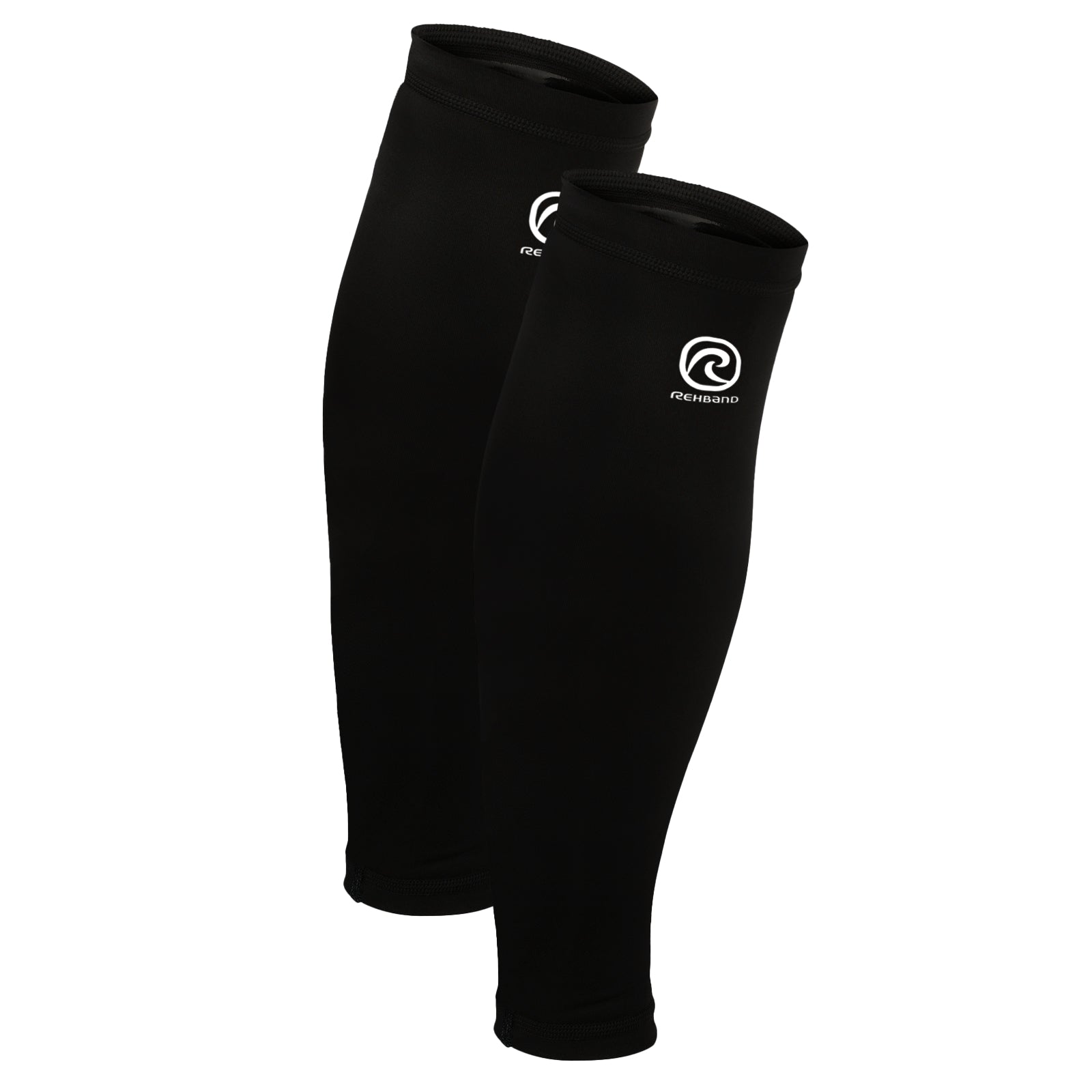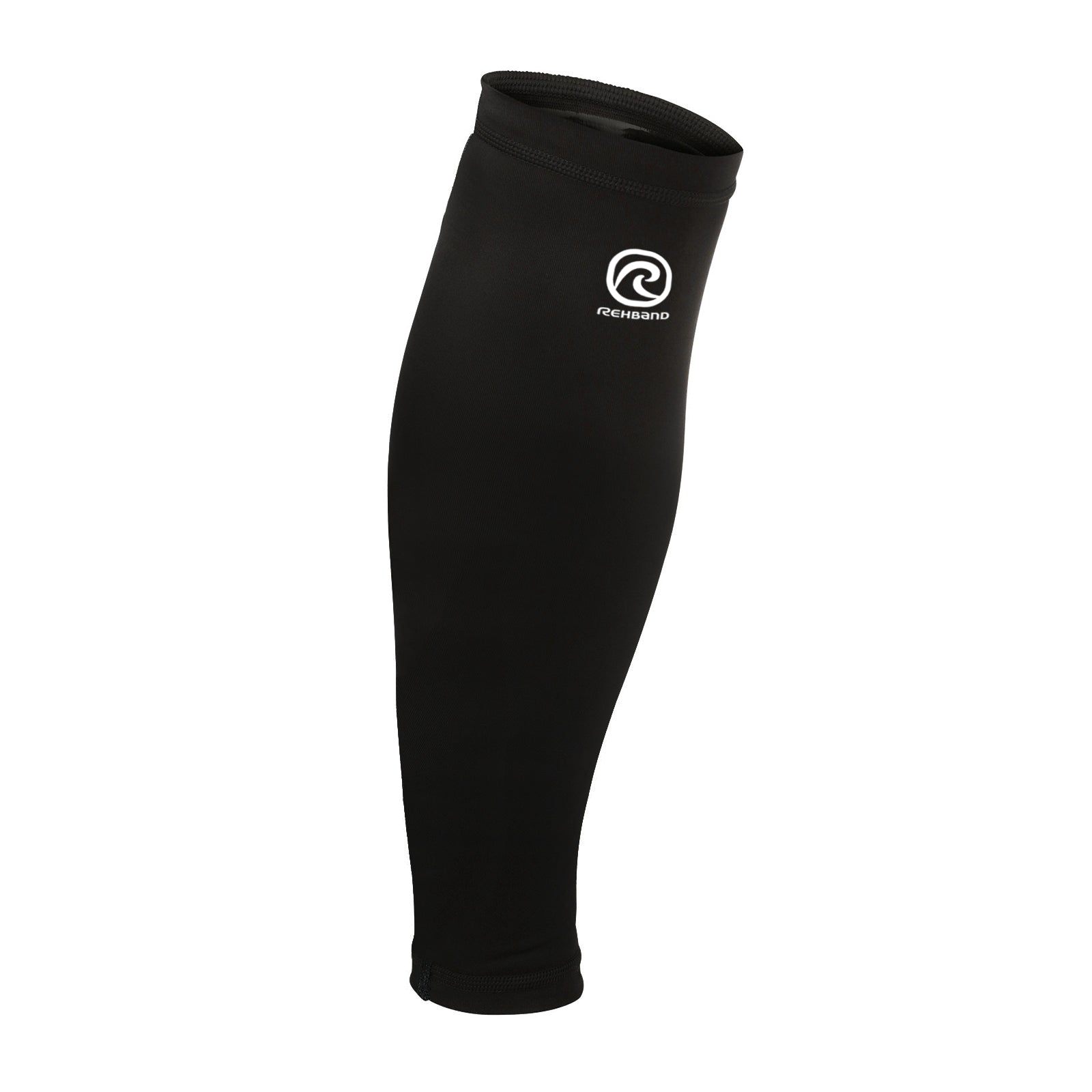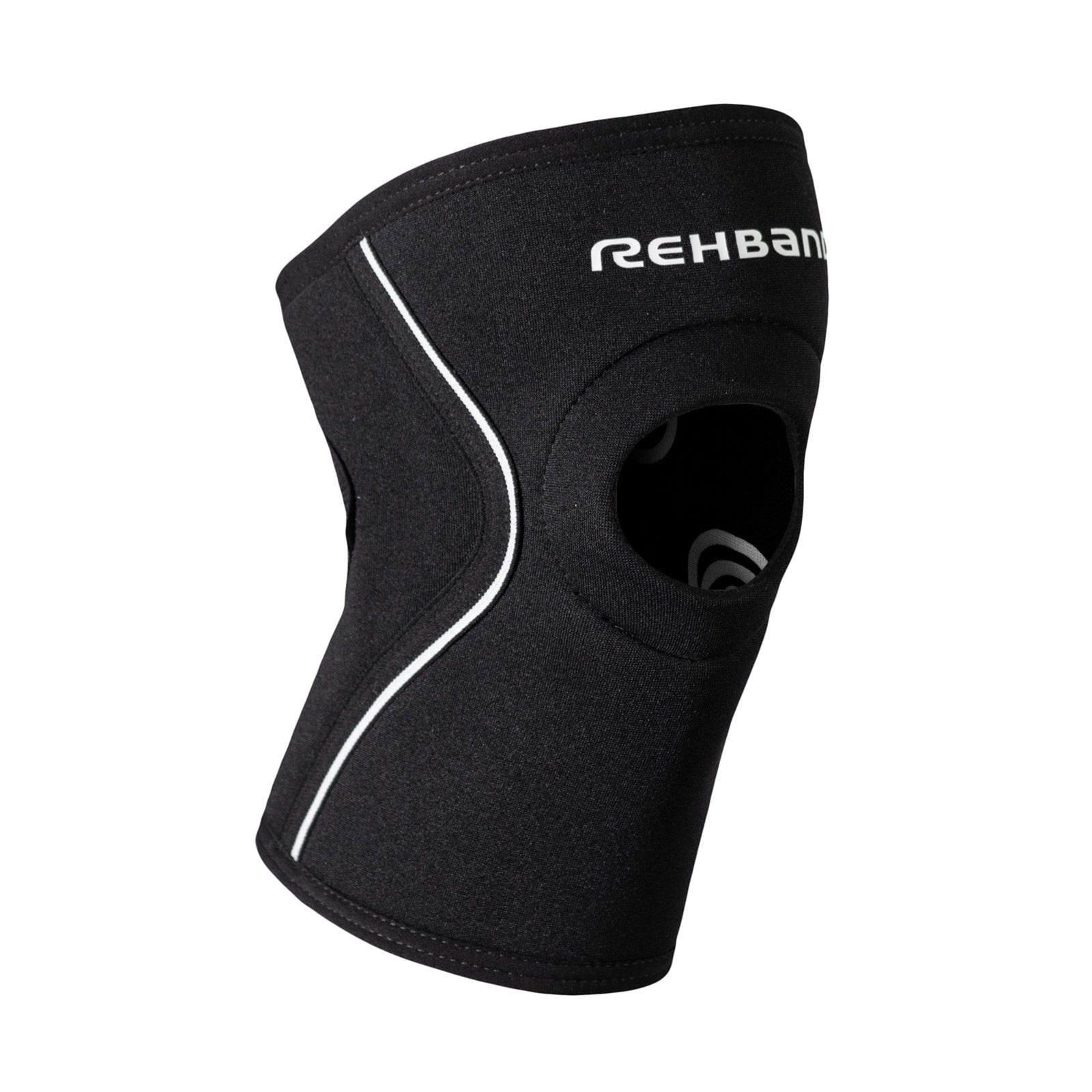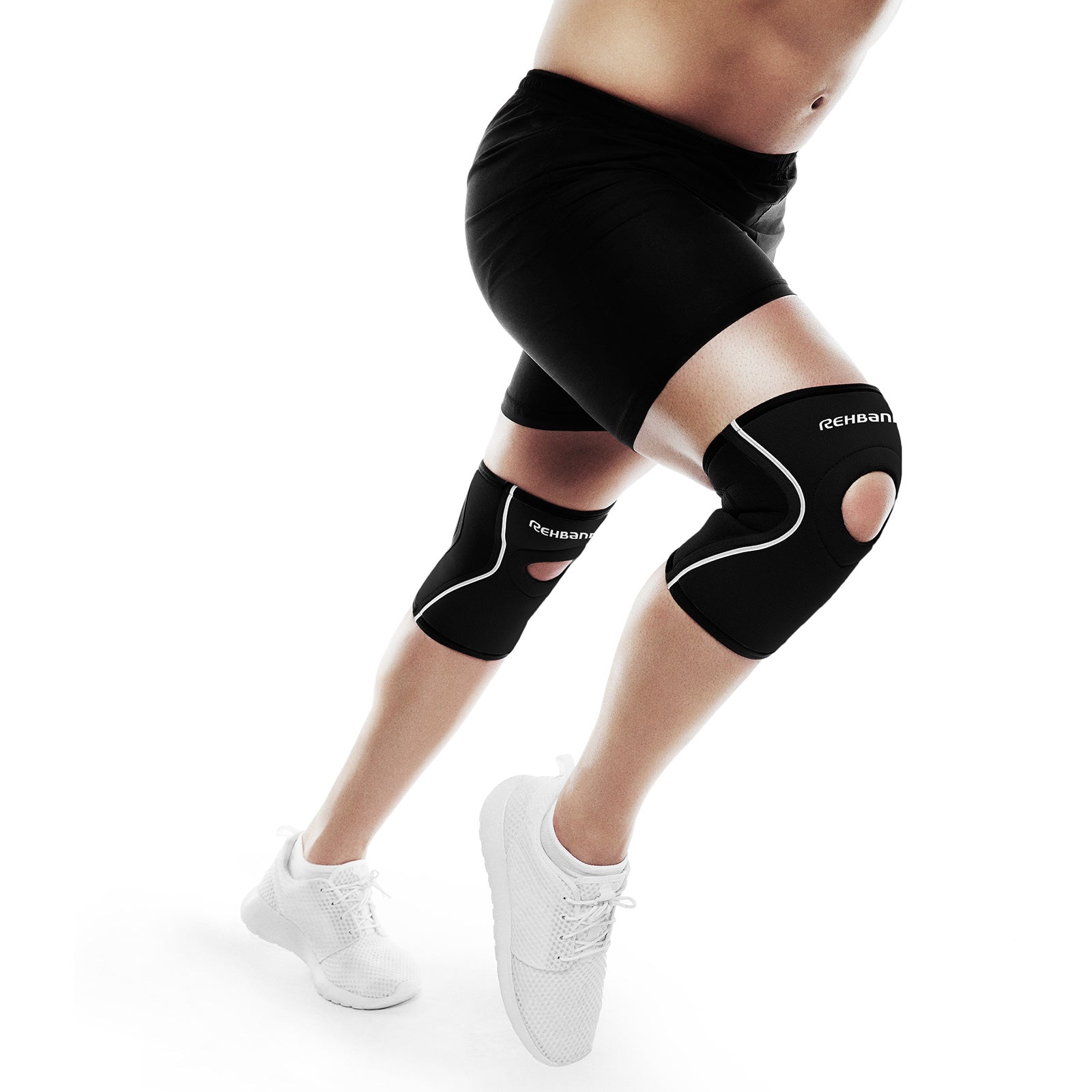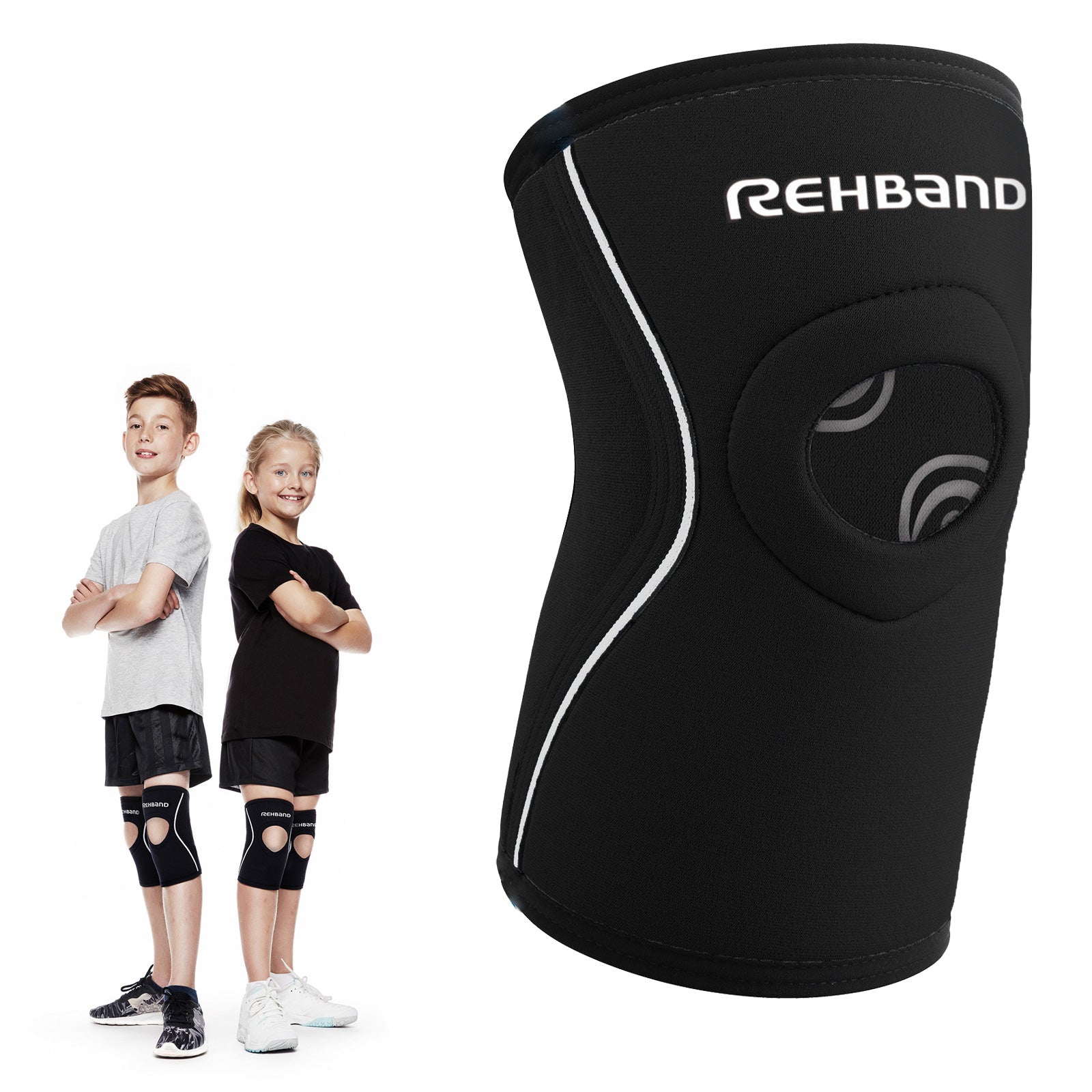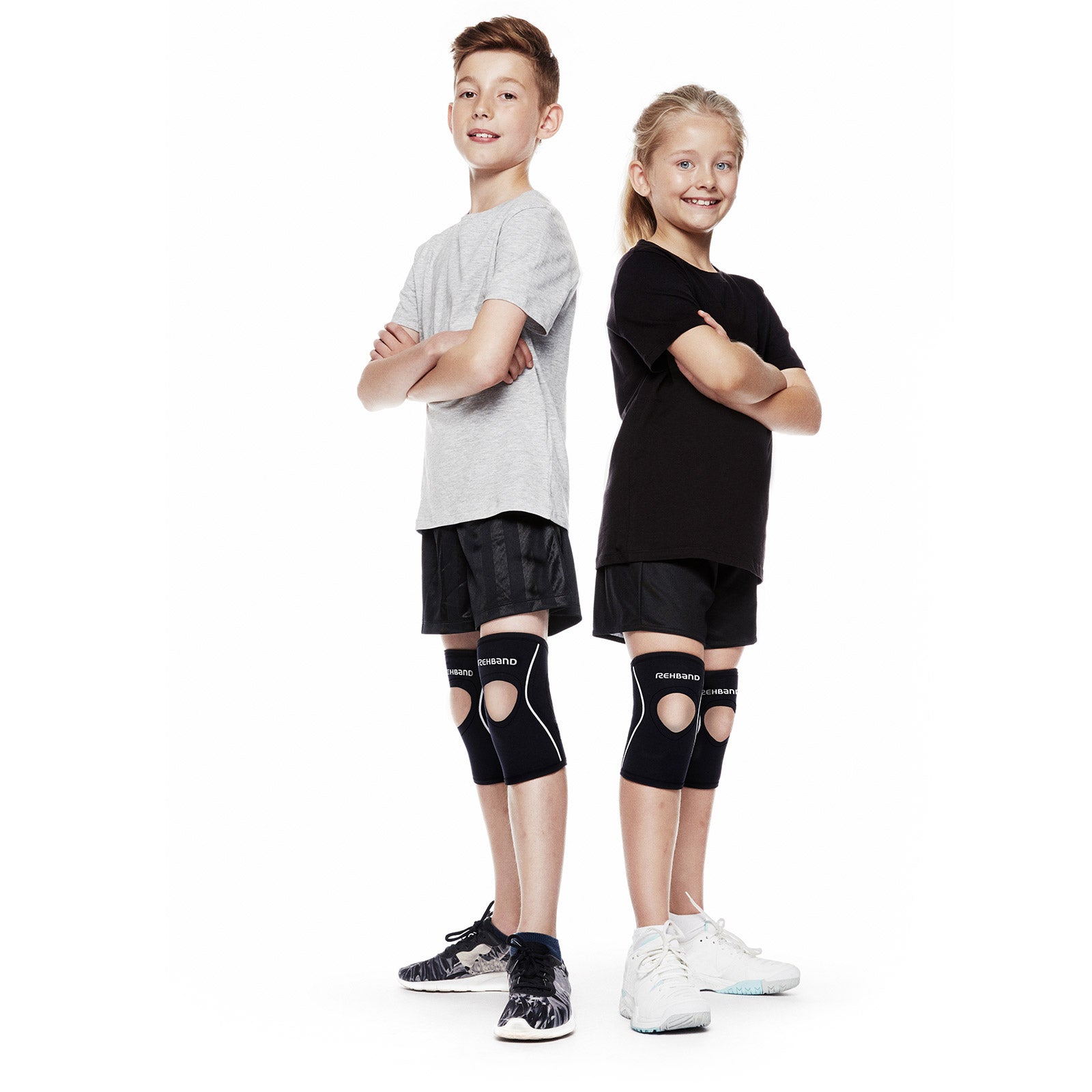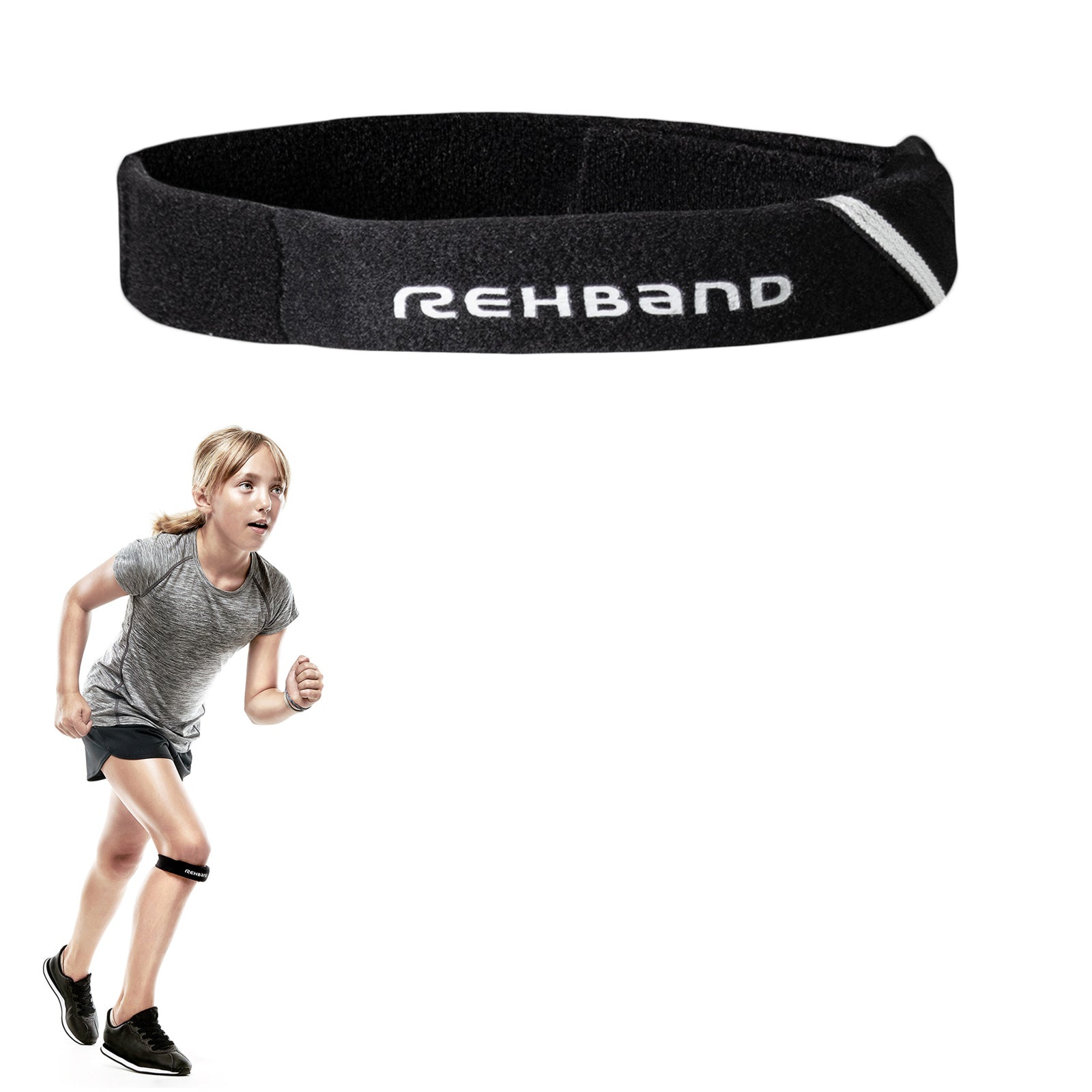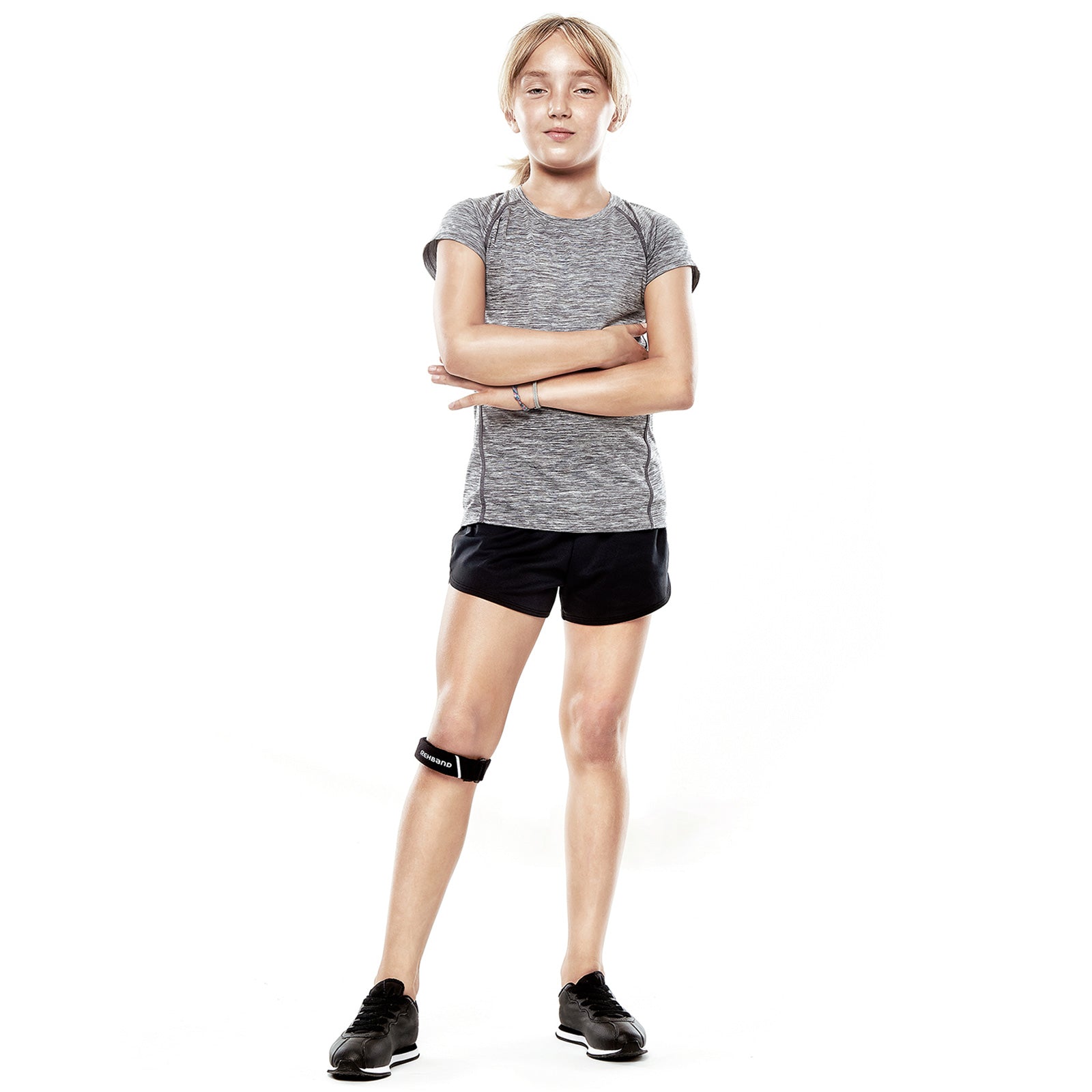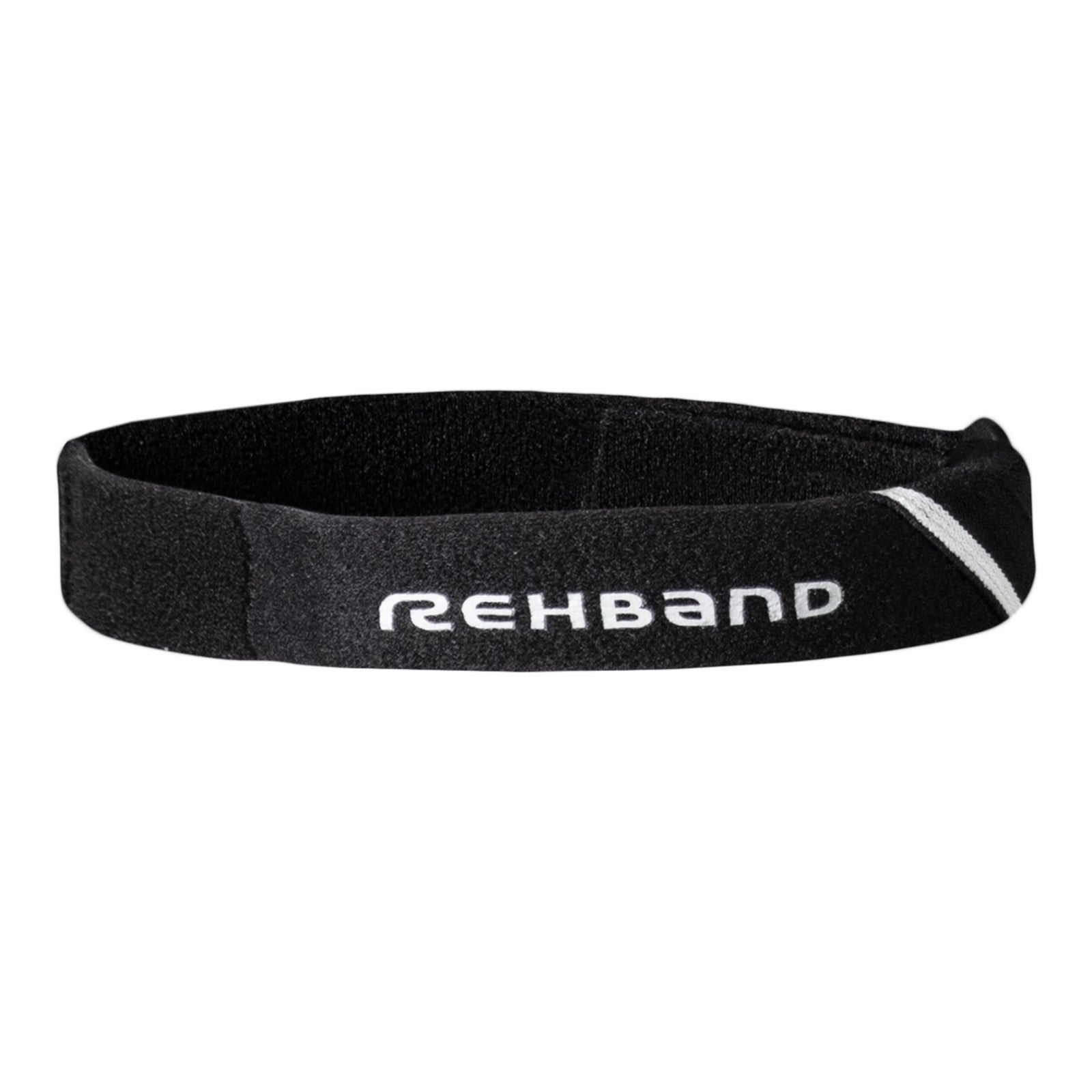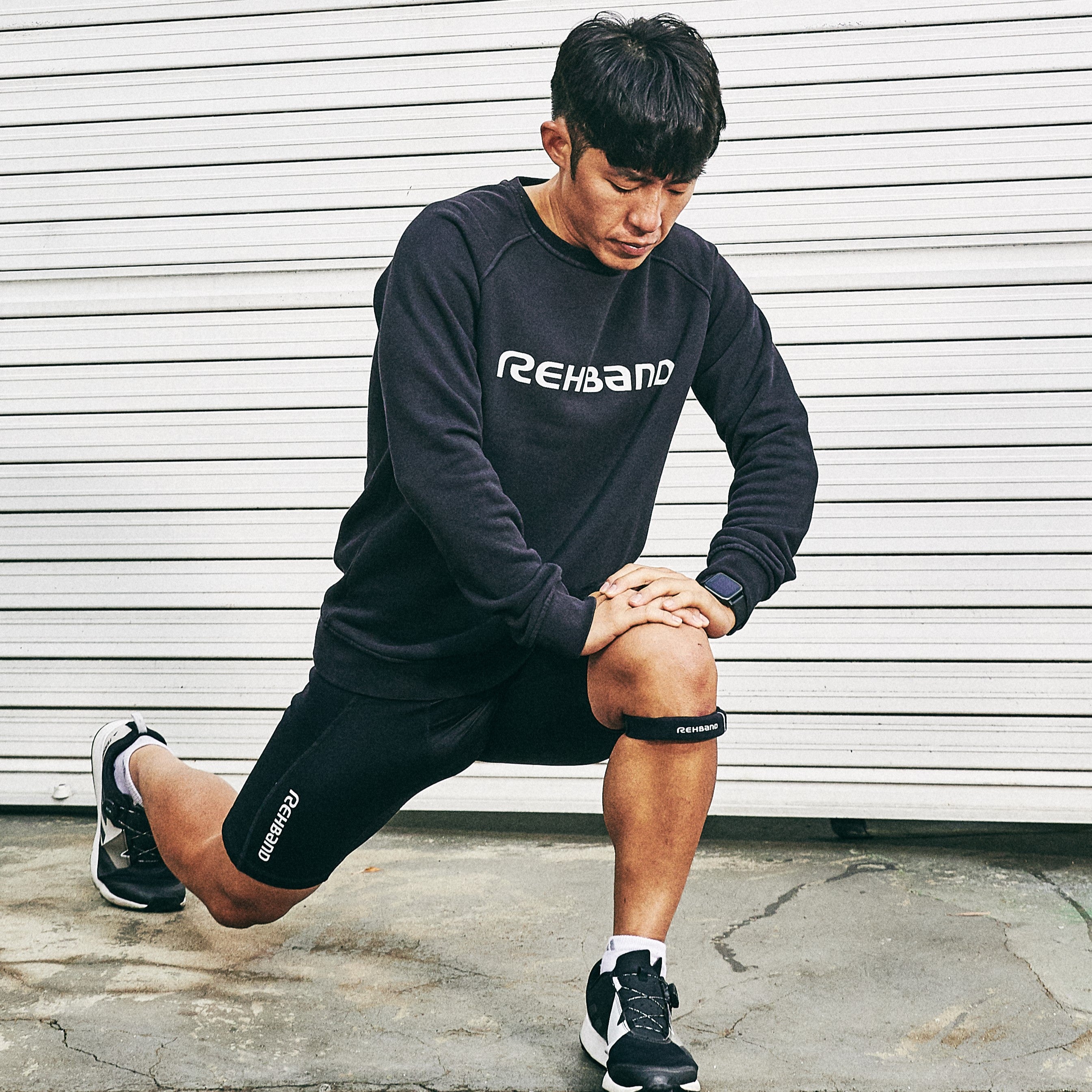The 11 most common injuries in handball
Handball has always been a high impact sport but over the years it has developed into a sport characterized by a noticeable increase in speed, intensity and force – with more injuries as a result. Learn about the most common injuries in handball today. What are the causes and symptoms, and what can you do to prevent injuries and alleviate pain if you’re affected? Rehband guides you towards an injury-free sport.
Find further information below!
Filters
12 products
The 11 most common injuries in handball are:
- Sprained Ankle
- Patella Dislocation
- Throwing Shoulder
- ACL Injuries
- Dislocated Shoulder
- Heel Pain
- Periostitis
- Diffuse Front Knee Pain (PFSS)
- Osgood-Schlatter Disease
- Jumper’s Knee
- General Back Pain
Click on the injury above to learn more about that specific injury, or scroll down to read about them all.
SPRAINED ANKLE
Ligament damage on the outside of the foot is one of the most common injuries. In handball games it is common for this to happen when jumping and then landing askew on the foot. The injury mechanism is that the foot folds inwards (supination) and this can lead to a rupture or tearing of the ligament on the outside of the foot. Acute ligament injuries rarely need surgery but are treated with active exercise at an early stage.
Possible causes
- Inadequate rehabilitation after a previous ankle sprain
- Reduced balance and coordination in the ankle
- Training on uneven surfaces
Symptoms
- Pain and swelling at and around the ankle, mainly on the outside
- Reduced mobility, musculoskeletal pain
- Sensitivity to pressure at and around the malleoli
Treatments
- Emergency treatment according to PRICE (Protection, Rest, Ice, Compress, Elevation)
- Stabilizing ankle protection to increase safety, prevent injury from recurring and accelerate rehabilitation
- A gradually intensified rehabilitation programme from a doctor or licensed physiotherapist, which should last for a long time even after the return to the sport
- Rehabilitation exercises such as muscle activation on the balance board can be performed regularly in the future to avoid recurrence of the injury
PATELLA DISLOCATION
Dislocation of the kneecap may occur from side impacts against the knee joint, for example in tackling or collision with opponents, and is the most common cause of swollen knees in adolescents and children. If the kneecap is “almost coming out” it is called subluxation, which has the same causes and is treated in a similar way to Patella Dislocation.
Injury mechanism: the kneecap is usually pulled outwards (laterally). This may result in the joint capsule and soft tissue on the other side of the knee being overstretched. The injury often affects younger teenagers, partly because of general hypermobility.
Possible causes
- Anatomical malalignments
- Hypermobility in the knee joint or kneecap
- Imbalance of the muscle system around the knee, for example, weak thigh muscles, tightness of the muscles on the outside of the thigh
Symptoms
- The kneecap may be out of joint or have jumped back into place
- Soreness on the inside of the kneecap
- Swelling, severe pain, bleeding, tenderness generally around the knee
Treatments
- Emergency treatment according to PRICE (Protect, Rest, Ice, Compress Elevation)
- Possible immobilization with the help of supportive knee protection
- Consult a doctor for diagnosis and care
- Rehabilitation as prescribed by a doctor or certified physiotherapist
- Patella-supporting knee protection for increased safety and ease of rehabilitation
- Regular exercise of knee stability to prevent injury from recurring
THROWING SHOULDER
Throwing shoulder is an injury that develops over a long time and is due to overstraining of the shoulder due to repeated throwing motions.
Possible Causes
- Imbalance in the muscle work around the shoulder
- Hypermobility or tightness in the area around the shoulder or shoulder blade
- A significant increase in throwing frequency
- Inflammation of the muscles or tendons around the shoulder joint
Symptoms
- Pain or numbness when throwing, usually located on the exterior of the upper arm
- Weakness and a sensation of instability in the shoulder
- Changed movement pattern during the throwing motion
- Pain after exercise in the upper arm, shoulder or shoulder area
Treatment
- Rehabilitation programme prescribed by a doctor or certified physiotherapist
- The rehab programme aims to achieve full mobility in the shoulder, strengthening weak muscles and restoring coordination between the shoulder blade and upper arm
ACL INJURIES
ACL injuries are one of the most common and toughest knee injuries occurring in the sport. Correct diagnosis at an early stage is important in order to begin adequate treatment. Occurs primarily in sports such as football, handball, floorball and downhill skiing.
Possible Causes
- Twisting, the foot gets stuck in the ground and the knee is turned inwards
- Collisions in contact sports
- Overstretching in the knee joint
Symptoms
- Immediate pain in connection with the injury
- Difficulty bearing weight
- Swelling of the knee due to bleeding and effusion
- Instability when bearing weight
- Reduced mobility and muscle function
Treatment
- Emergency treatment according to PRICE (Protect, Rest, Ice, Compress, Elevation)
- Consult a doctor for correct diagnosis and care
- A gradually intensified rehabilitation programme with a doctor or physiotherapist
- Knee protection to facilitate activity and rehabilitation
DISLOCATED SHOULDER
A shoulder jumping out of its joints usually happens if you fall on an outstretched arm or get a strain in the throwing arm. A dislocated shoulder often results in damage to cartilage, ligaments and joint capsules. The risk of recurrence is high, therefore rehabilitation and regular specific shoulder exercises are very important in order to stay active and play handball!
Possible Causes
- Previously dislocated shoulder
- Weakness or imbalance in muscle strength and control around the shoulder joint, arm and shoulder
- Hypermobility in the shoulder joint
Symptoms
- Severe pain
- On the dislocated shoulder a contour difference can often be seen, a bending of the muscle around the shoulder joint (deltoid)
Treatment
- Treatment with ice, for pain relief. The shoulder should be placed under the care of a medically trained person. It should be ensured that soft tissues, nerves, and blood vessels are not damaged. A correct diagnosis should be ensured
- Shoulder protection can be used immediately after resetting, for pain relief and help with stimulation. The shoulder support can then be used throughout the rehabilitation and thereafter, for increased safety and reduced risk of recurrence of the injury
- Rehab programmes as prescribed by a doctor or physiotherapist
- Regular exercise of shoulder stability to avoid recurrence of the injury
HEEL PAIN
Injuries from overstraining in the heel area are common in active children and adolescents aged 8-14. The injury heals of its own accord and the prognosis is good, but the healing period can extend over several years.
Possible Causes
- The exact cause is not known, but the problem often increases with a lot of exercises without rest and recovery
- Too many workouts for the athlete’s age
- Overexertion
Symptoms
- Pain during and after activity
- Heightened pain in the heel when it is put under pressure after a period of sitting
- Lameness when walking and running
- Sensitivity to pressure around the heel bone
Treatment
- Reducing the number of training sessions and competitions per week for relief and recovery for the body
- Varied exercise
- Good shoes
- Cushioning heel wedges
- Insoles
- Stretching
PERIOSTITIS
Pain on the inside of the lower leg. Periostitis often occurs during or after running or jumping exercises and arises mainly in long distance running, ball sports and gymnastics.
Possible Causes
- Change of surfaces
- Increase in quantity of exercise over a short period of time
- Deficient shoes
- Overpronation
- Muscle tightness
- Poor running technique
Symptoms
- Pain and sensitivity to pressure inside the lower leg above the inner ankle
- Pain during and especially after activity
Treatment
- Investigating external and internal factors
- Warming leg protector to promote blood circulation
- Reducing activities that trigger pain
- Alternative exercise e.g. swimming and cycling
- Anti-inflammatory medicine or ointment
- Good shoes and/or soles or inserts to make up for when the shoes’ function is insufficient or when there is a need for special support or relief
- Stretches for muscle tightness, balance and coordination exercises
- Consult a doctor if you do not get better, to investigate possible stress fracture
DIFFUSE FRONT KNEE PAINS (PFSS)
Patellofemoral stress syndrome (PFSS) is one of the most common painful conditions in the knee joint which affects both active and inactive people. The condition occurs mainly in teenage girls. The problem can have several causes and there are often many different factors that affect the pain. The condition is not usually associated with an accident. The pain is often triggered in connection with physical activity, which causes many to refrain from exercise and sports activities. The prognosis is usually good. Activity with pain is allowed if it does not increase during each training session.
Possible Causes
- Anatomical and genetic conditions
- Muscular imbalance in the leg, e.g. weakness and tightness of the front thigh muscles
- Overpronation
- Incorrect position of the kneecap
- Overstraining the joint
Symptoms
- Diffuse pain on the front of the knee, pain during or after exertion
- Pain when using stairs, especially going down, pain when squatting
- Pain when getting up from a sitting position, pain when sitting for longer periods e.g. at the cinema, locking sensation, dislocation (subluxation) of the kneecap
Treatment
- Knee protection with support for the kneecap
- A gradually intensified rehabilitation programme including stretching, in particular the front thighs and gluteal muscles and exercising the ankle
- Sole or insert in the shoes for extra support or relief
OSGOOD–SCHLATTER DISEASE
An overstraining and inflammation of the patellar tendon’s attachment on the lower leg (growth area) that occurs when the effort has been more than the body can handle. Mainly affects boys aged 10-16 but also occurs in girls who do a lot of sport. The injury heals of its own accord and the prognosis is good, but the healing period can extend over several years.
Possible Causes
- The exact cause is not known, but the problems often increase with a lot of exercises without rest and recovery
- Overstraining over time can cause Osgood–Schlatter disease
Symptoms
- Pain at the tendon’s attachment on the shin
- Swelling and tenderness on the shin
- Swelling may occur around the tendon’s attachments
Treatment
- Knee protection for relieving the growth area
- Reducing the number of training sessions and competitions per week
- Alternative exercise, e.g. cycling
- Cooling
- Stretching
- Good shoes
- Soles or inserts
JUMPER’S KNEE
A rupture and inflammation in the patella tendon due to overstraining. Among handball players, is common that the knee that's used in the jump is affected.
Possible Causes
- Overstraining the patellar tendon
- Reduced strength in the front thigh muscles
- Inadequate rehabilitation after previous damage
Symptoms
- Pain in the kneecap associated with an activity
- Pain and stiffness during and after exertion
- Morning stiffness
- Pressure pain and swelling under the kneecap
Treatment
- Knee protection to relieve the patellar tendon
- Avoiding activity that triggers pain
- A gradually intensified rehabilitation programme
- Stretching
- Possible surgery in cases where the injury does not heal
GENERAL BACK PAIN
The complaint is located in the lower back and adjacent areas. The symptoms may last for a few days or weeks, alternating with trouble-free periods. If the trouble persists, pain occurs at night and the player generally feels bad, medical attention should be sought.
Possible Causes
- Bad posture
- Overexertion
- Hypermobility
- Reduced core stability due to weak abdominal muscles
- Tight muscles: back thighs, gluteal muscles and hip flexors
Symptoms
- Fatigue and pain in the lower back
- Stiffness and pain in the morning and/or after exertion
- The problem is clearly exacerbated by e.g. prolonged sitting, standing, lifting, a bent-forwards working position and after playing handball
Treatment
- Active posture correction
- Stabilization exercises for the abdomen and back muscles
- Coordination exercises
- Weight training for weak muscles
- Stretching

